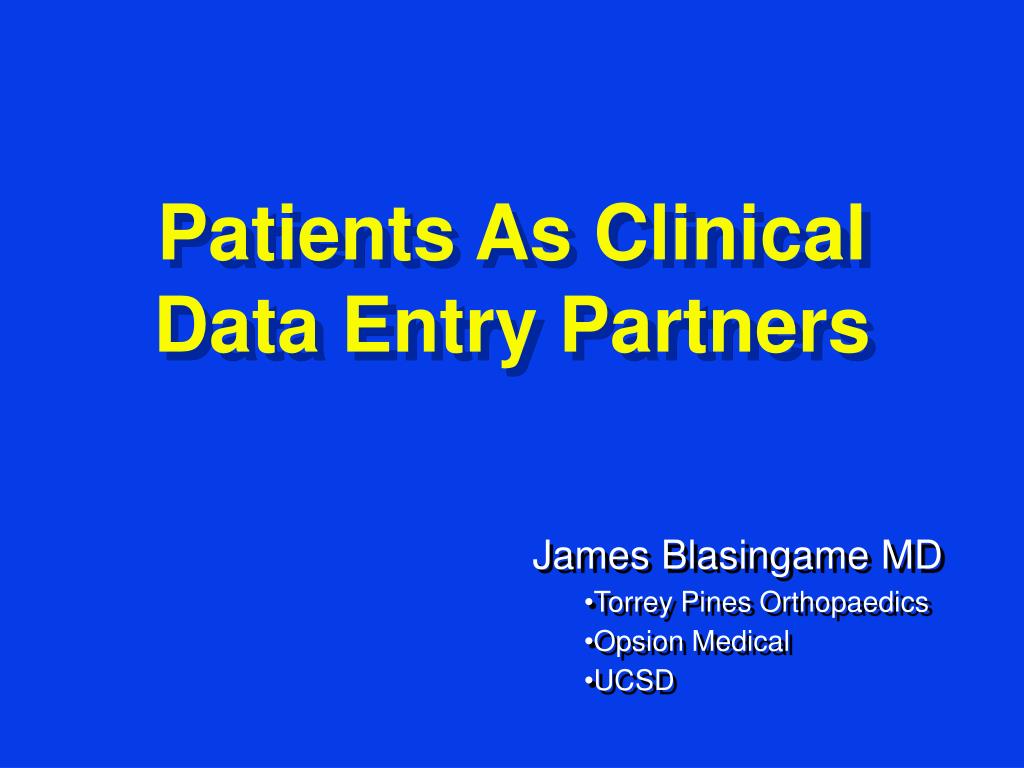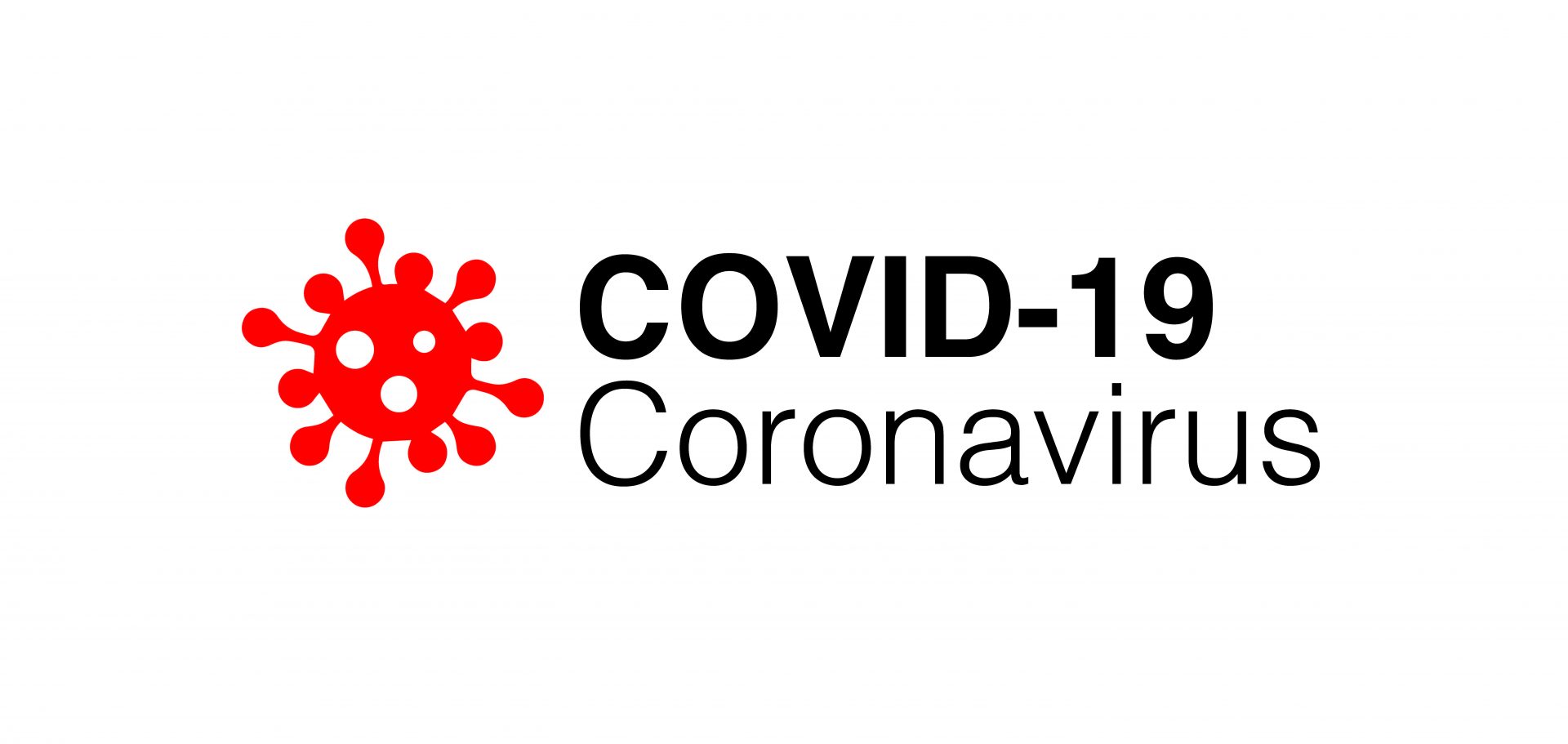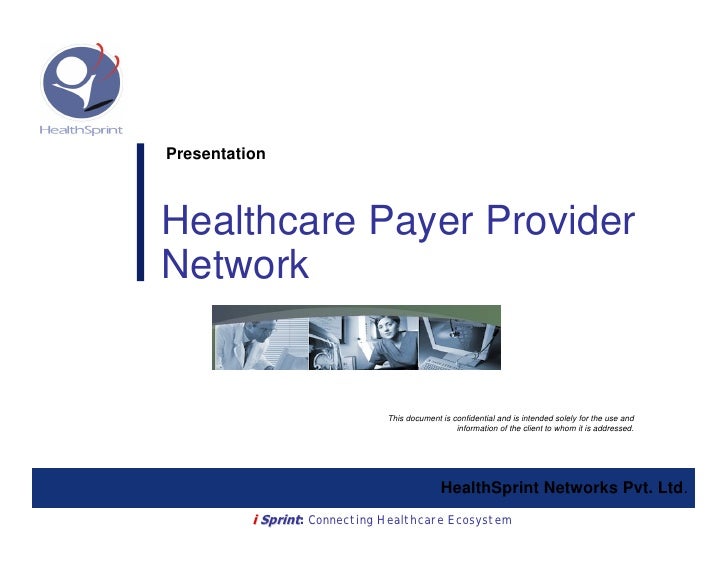
What is the purpose of a health information exchange?
Health Information Exchange allows health care professionals and patients to appropriately access and securely share a patient’s medical information electronically. There are many health care delivery scenarios driving the technology behind the different forms of health information exchange available today.
What is a patient portal?
A patient portal is a secure online website that gives patients convenient, 24-hour access to personal health information from anywhere with an Internet connection. Using a secure username and password, patients can view health information such as: Recent doctor visits; Discharge summaries; Medications; Immunizations; Allergies; Lab results
Where can I find resources for health information exchange?
Health information exchange (HIE) resources at the National Rural Health Resource Center The National Rural Health Resource Center has made available a set of practical health information exchange (HIE) resources to assist providers in understanding and implementing Health Information Exchange. Visit the HIE Toolkit Webpage for more information.
What is the Ihde clinical portal and how does it work?
Regardless of where you've been seen for care in the state, the IHDE Clinical Portal is designed to consolidate your key medical information into a singular e-health record so that doctors, hospitals, and other providers have what they need to care for you best. Providers already share your health records via fax, email, and mail.

Is secure patient portal legit?
The Secure Patient Portal is a safe and easy way for your doctor or clinic to electronically share your healthcare information with you. After you make an account and log in, you will be able to see messages and download documents that have been sent to you.
Why do patients not use patient portals?
Disadvantages of patient portals result in these lower rates of use. For some people, they avoid using the portals altogether for reasons like security issues, low health literacy, or lack of internet. Even for those who do access their accounts, there are still other disadvantages of patient portals.
What is the difference between PHR and patient portal?
A PHR that is tied to an EHR is called a patient portal. In some but not all cases you can add information, such as home blood pressure readings, to your record via a patient portal.
How do I access Tricare patient portal?
If you don't already have a TRICARE Online account, you can log onto patientportal.mhsgenesis.health.mil using your DS Logon Premium Account. If don't have a DS Logon Premium Account or if you have questions about DS Logon, visit the milConnect Website or call 1-800-538-9552.
What percent of patients use patient portals?
Nearly 40 percent of individuals nationwide accessed a patient portal in 2020 – this represents a 13 percentage point increase since 2014.
What is the benefit of a patient portal?
A patient portal is a website for your personal health care. The online tool helps you to keep track of your health care provider visits, test results, billing, prescriptions, and so on. You can also e-mail your provider questions through the portal. Many providers now offer patient portals.
Is PHR a legal medical record?
A PHR is a record controlled by the individual and may include health information from a variety of sources, including multiple health care providers and the patients themselves. The PHR is separate from, and does not replace the legal record of any health care provider.
What is a benefit of using a PHR?
Personal health records ( PHR s) can help your patients better manage their care. Having important health information – such as immunization records, lab results, and screening due dates – in electronic form makes it easy for patients to update and share their records.
What are three personal health records?
personal health record (PHR)Information about visits to healthcare professionals.Allergies.Family history.Immunizations.Information about any conditions or diseases.A list of medications taken.Records of hospitalization.Information about any surgeries or procedures performed.
How do I get my medical records from TRICARE?
To request a complete copy of your health record, you'll need to submit a Request Pertaining to Military Records (SF 180) to the applicable organization as identified on the form. Requests can also be made in person to your last home military hospital or clinic.
Does TRICARE patient portal have an app?
You can download it from the app store on your iPhone or Android device.
What replaced TRICARE?
TRICARE SelectIn 2018, TRICARE Select replaced TRICARE Standard and Extra. TRICARE Select is a self-managed, preferred provider network plan.
Do patients like patient portals?
Eight studies reported that patients or their caregivers want more portal education, training, or support. Two studies found that their participants want human connection as they learn about the portal and how to use it, as well as when they encounter issues.
What are the benefits and challenges of using patient portals?
What are the Top Pros and Cons of Adopting Patient Portals?Pro: Better communication with chronically ill patients.Con: Healthcare data security concerns.Pro: More complete and accurate patient information.Con: Difficult patient buy-in.Pro: Increased patient ownership of their own care.
Are patient portals easy to use?
Portals provide physicians with a fast and easy way to communicate with chronically ill patients. They are a place to get complete and more accurate patient information. Portals empower patients to take ownership of their own healthcare, so they remain aware of the entire care process.
Who uses patient portals?
One of the biggest determinants of portal use is simply whether patients are offered access to one, generally by either their healthcare or insurance provider. Among the 60% percent of patients offered portal access, 95% used it. When patients weren't offered portal access, only 41% used it.
What is HIE in healthcare?
As a nation, we are transforming health care delivery into a system that is patient-centered and value-based. Critical to this transformation is timely interoperable Health Information Exchange (HIE) among a variety of health care stakeholders (clinicians, laboratories, hospital, pharmacy, health plans, payers and patients). The Centers for Medicare & Medicaid Services (CMS) already has a large role in encouraging HIE through existing Medicare and Medicaid programs and initiatives, as well as new programs authorized under the Patient Protection and Affordable Care Act (PPACA). The resources and focal areas found on this page reinforce the unique role that Medicaid plays in advancing HIE. CMS expects to increasingly engage states on how to best align their Medicaid programs to support HIE.
What is the purpose of health IT standards?
Identify and adopt a common set of health IT standards (where federally recognized standards exist) among states to promote information sharing (interoperability).
Why use toolkits for Medicaid?
States can use these toolkits as they are designing their Medicaid programs. Use of these tool kits will help states : Ensure they have the health IT capacity and infrastructure to accomplish their Medicaid program goals.
What is Idaho Health Data Exchange?
Idaho Health Data Exchange provides participating entities and providers with the ability to securely look up and retrieve patient medical record information. IHDE currently has four models of connecting participants.
Where are patient records delivered?
Patient records are delivered to the connected organization’s EMR/EHR platform from IHDE’s platform. In this model, information will go directly to your organization, but information on the patient would not be shared out on to IHDE’s platform.
What is IHDE in EMR?
IHDE tailors each connection to your system, creating a seamless interface for viewing patient data. To determine what your connection looks like, IHDE will work with your EMR/EHR vendor to find the best solution. Regardless of your connection type, all participants with connected interfaces also have access to our Clinical Portal service.
How to remove health information from Idaho Health Data Exchange?
If you’d prefer to remove your individual health information from the health information exchange, Idaho Health Data Exchange can make that happen. Simply complete an “Opt-Out Form” and mail it back to our team. You can also always give us a call (208-803-0030) to have our staff work with you over the phone. Alternatively, ask your provider at your next appointment for an “Opt-Out Form” and they can help you complete and submit the necessary materials.
What is IHDE portal?
Regardless of where you've been seen for care in the state, the IHDE Clinical Portal is designed to consolidate your key medical information into a singular e-health record so that doctors, hospitals, and other providers have what they need to care for you best.
What is IHDE in healthcare?
IHDE is a Health Information Exchange (HIE) that works with doctors, nurses, labs, and other medical providers to securely access their patient’s electronic health information quickly to improve the speed, quality, safety, and cost of patient care. Regardless of where you've been seen for care in the state, the IHDE Clinical Portal is designed ...
What is the mission of IHDE?
Our mission at IHDE is to lead the collaborative effort in the healthcare community to improve patient care, achieving this by committing ourselves to being a trusted partner for health information exchange across our region.
Why do we need IHDE?
Through IHDE, emergency physicians and staff can get vital medical information to treat you in case of an emergency when you might not be able to communicate.
Is mental health information included in the AIDS report?
Certain mental health and HIV/AIDS information is only included if you say it’s okay, or if you are in a medical emergency. Learn more about our Clinical Portal or call (208) 803-0030 for more information.
Do all participating providers have to follow HIPAA?
All participating providers must agree to follow these policies. All participating providers are also regulated by HIPAA, and other federal and state privacy laws. They must have their own policies and other safeguards in place, including policies to train their staff and limit access to those who have a need to know.
What is the role of data in healthcare?
By supporting the provision of data across organisational, geographical and technological boundaries, care providers can access clinical and other information from any venue of care. This means that pre-existing conditions, investigation results, medications, allergies, clinical correspondence and more can easily be considered when clinicians are making interventions for patients, with safer and more timely decisions reached at the point of care.
What information can care providers view through Cerner HIE?
Care providers in the UK view a wide range of information through HIE, including problem lists, medications allergies, investigation results, procedures, vaccinations, vital signs, past visits, upcoming appointments and clinical correspondence such as discharge summaries or clinic letters.
What are the use cases and benefits of the Cerner HIE?
Allowing for organisation-based sharing between strategic partners that share care pathways to help join up care.
What is Cerner HIE?
Our Health Information Exchange (HIE) is enabling care professionals to exchange and view patient data, whether it’s based on our EHR or another care provider’s system. When the care professional needs it, the Cerner HIE brings together patient data across the health and care system in a secure manner, embedding a single aggregated longitudinal view of the patient natively in each EHR system. This is joined-up, safe and effective healthcare across organisational and system boundaries.
What is HIE in healthcare?
Connecting information with a Health Information Exchange (HIE) has benefits that resonate across the continuum of care. Typically, this could be things like an A&E consultant immediately seeing pre-existing conditions and medication allergies, community nurses accessing test results and scans from their patient’s home, or a GP being able to see that their patient has a specialist appointment soon and equipping them with the right questions to maximise their treatment and get a better outcome.
Why is discharge planning more holistic?
Discharge planning is more holistic because of knowledge about the person’s needs when being cared for in the community.
Have you implemented your HIE when Cerner EHR is not implemented?
Yes , Cerner HIE is vendor agnostic, with 80% of our Cerner HIE connections being with non-Cerner EHRs. Our Cerner HIE technology does not rely on our Cerner Millennium ® EHR technology and is a separate technology stack and solution. As an example, Cerner has implemented our HIE for Tanner Health and Northeast Georgia Health System in the USA. Neither of these clients have implemented our EHR.
